Note: This post contains affiliate links which means if you click on a link and purchase an item, we will receive an affiliate commission at no extra cost to you.
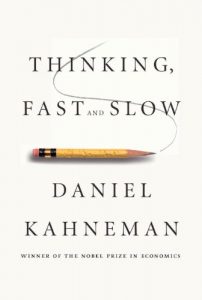 Ready to learn the most important takeaways from Thinking Fast And Slow in less than two minutes? Keep reading!
Ready to learn the most important takeaways from Thinking Fast And Slow in less than two minutes? Keep reading!
Why This Book Matters:
This book makes an important distinction between the two systems of thinking we use in our decision making: our impulsive, quick-thinking brain, and our more deliberate, analytical mind.
Daniel Kahneman explains how to take control of these two separate systems so they can work in tandem to think in the ways we need to when we need to.
The Two Types Of Thinking:
- System 1 Thinking: impulsive, automatic, and intuitive
- This system drives most of our thinking, as our brains use the minimum amount of energy possible for basic tasks.
- Example: Pulling into the grocery store parking lot not remembering any part of the drive because your brain is making decisions on auto-pilot.
- System 2 Thinking: thoughtful, deliberate, and calculating
- This system is used a very small percentage of the time because it takes more effort and forces us to slow down and make calculated decisions.
- Example: Staying in the thoughtful, System 2 Thinking at the grocery store helps us avoid making impulse purchases.
Key Takeaways:
- Many of the opinions we form are just a matter of exposure to the message
- A message we hear repeatedly is one that we are more likely to believe because we spend so much time thinking on auto-pilot.
- Example: Political campaigns repeat messages relentlessly to influence opinions of the populus without ever presenting real substance.
- We form inaccurate impressions because we don’t take the time to collect data
- Our minds oversimplify what we see despite the inaccuracy of first impressions.
- Example: We had a good first conversation with a new guy at last night’s party. So we tell everyone what a great guy he is, even though we don’t know him at all.
- We allow a micro-experience to drive our expectations of the whole
- We focus on what we expect to see instead of what is more statistically probable.
- Example: A tossed coin comes up heads three times in a row. On the fourth toss we expect to see tails, even though the statistical probability is still 50%.
- Our auto-pilot focused minds formulate estimations only relative to other data
- To estimate item cost we judge it relative to its pre-assigned value instead of formulating an estimation from scratch for ourselves.
- Example: We judge how much we would pay for a vehicle based on its MSRP.
- Our auto-pilot thinking keeps us attached to old ideas or things even when they’re not helpful
- We may be better off just letting go, but we’ve already invested so much.
- Example: Staying in law school because you’ve already spent so much money on it, even though you realized you hate it.
- Our memories are driven by duration neglect and the peak-end rule
- We let the memory of a few events affect our judgment of the overall experience.
- Example: Those with a painful experience at the end of a surgical procedure rated it more traumatic than those who endured the same procedure for twice as long without a similar peak in pain.

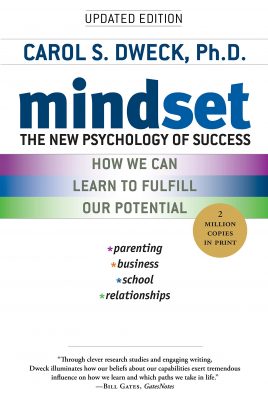
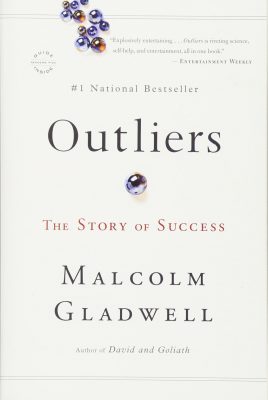
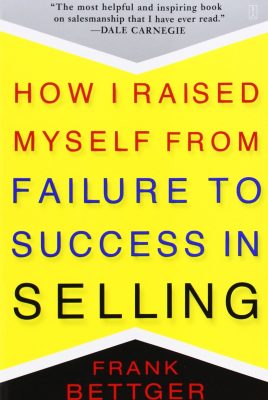
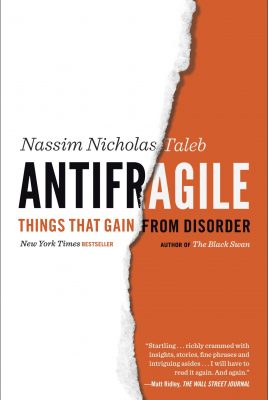

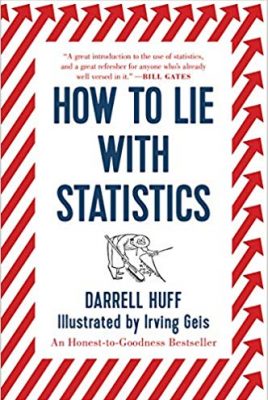
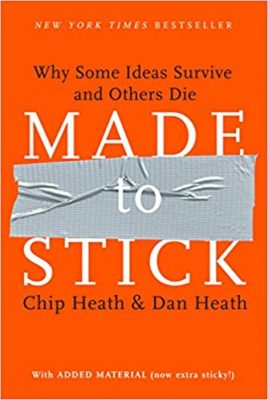
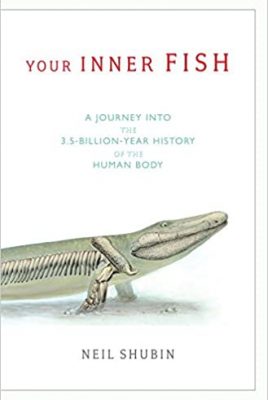
Leave a Reply
View Comments